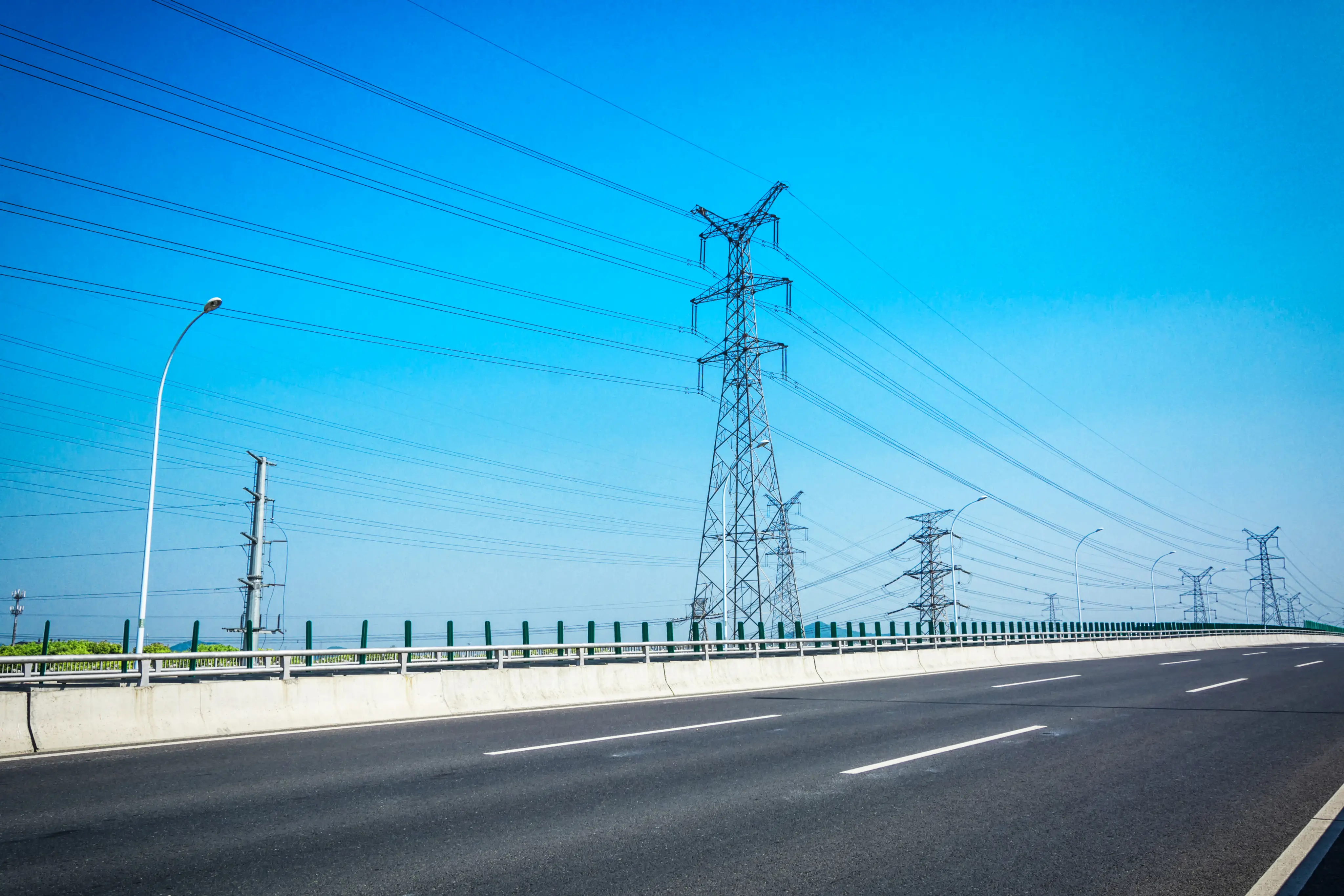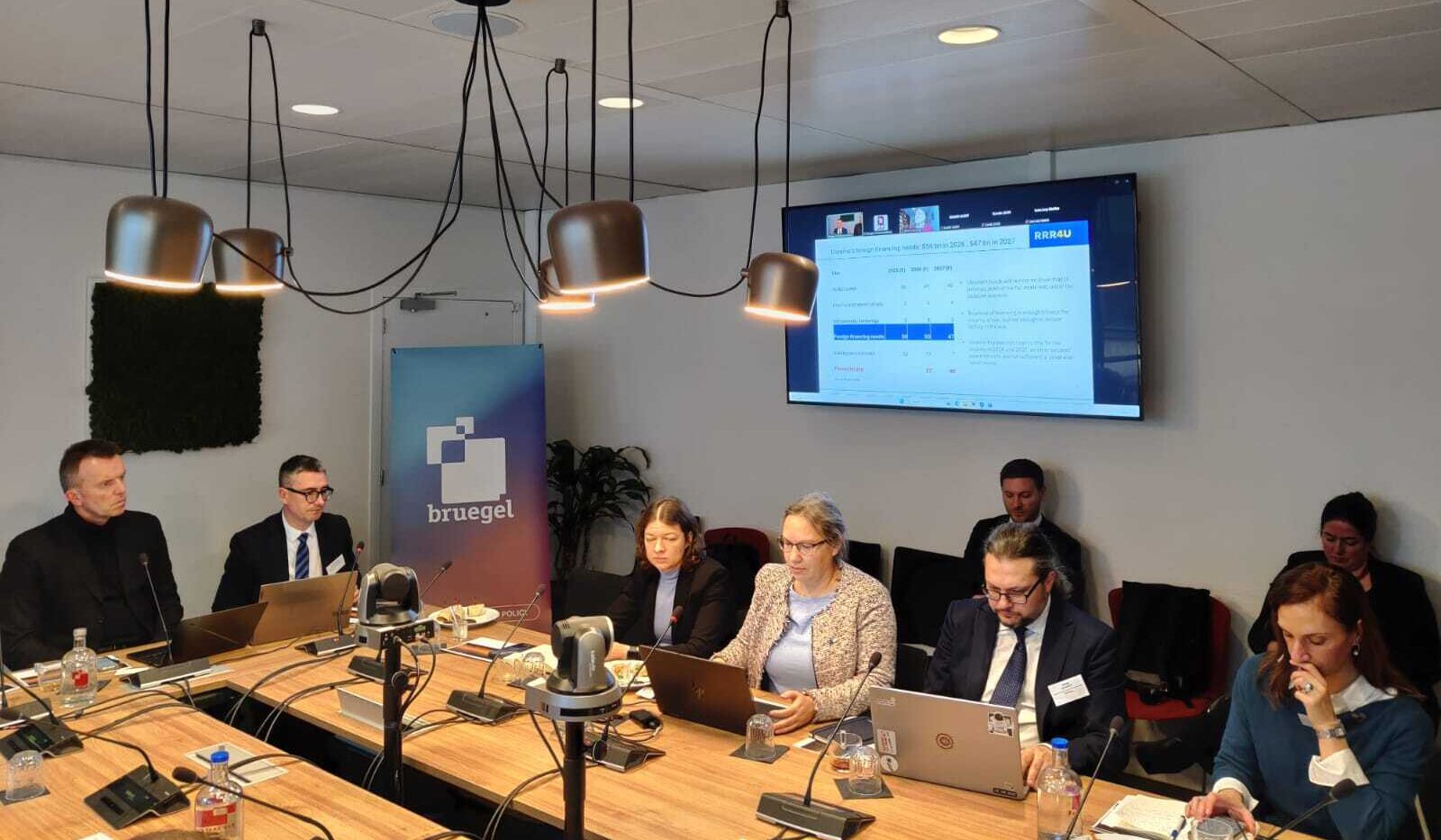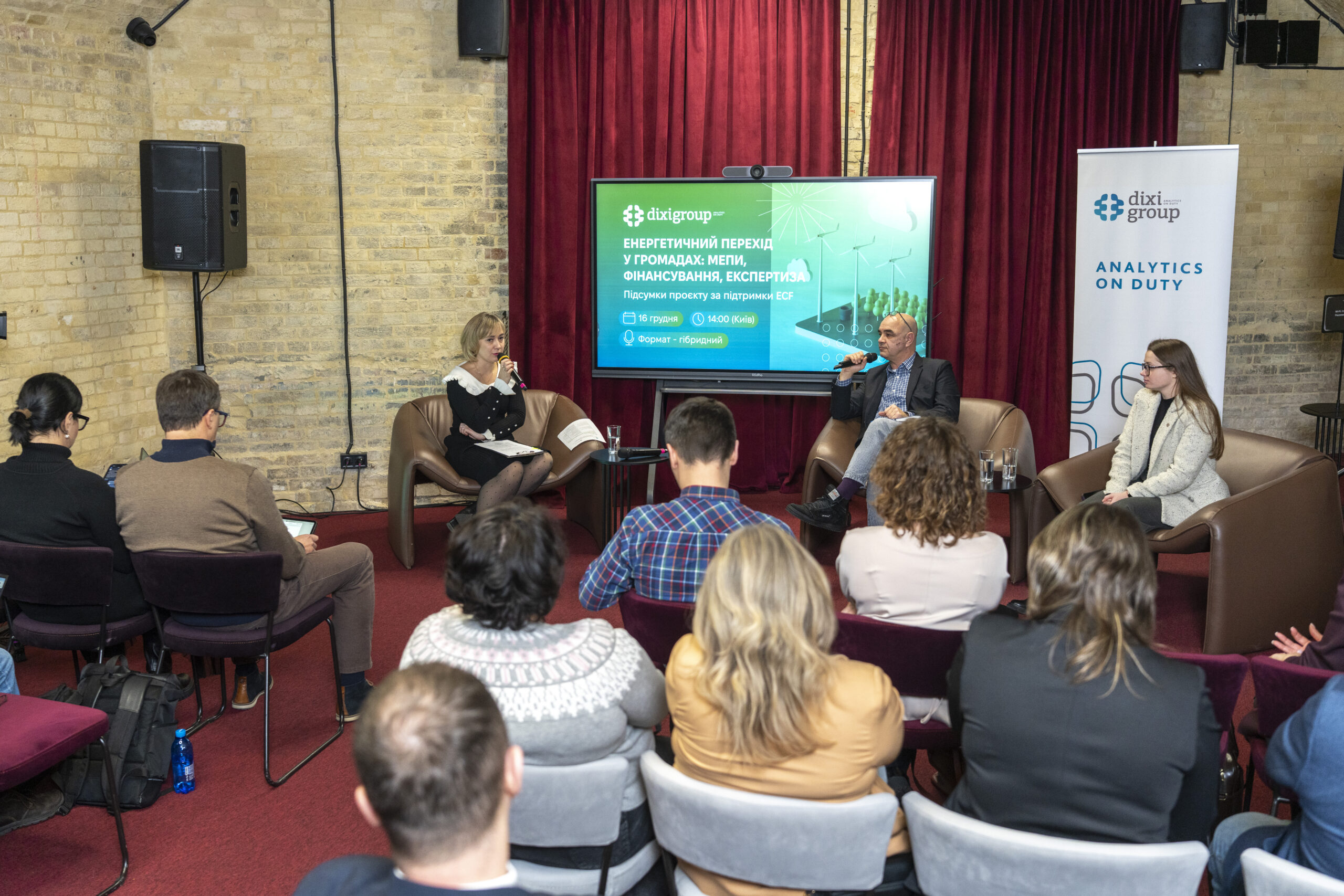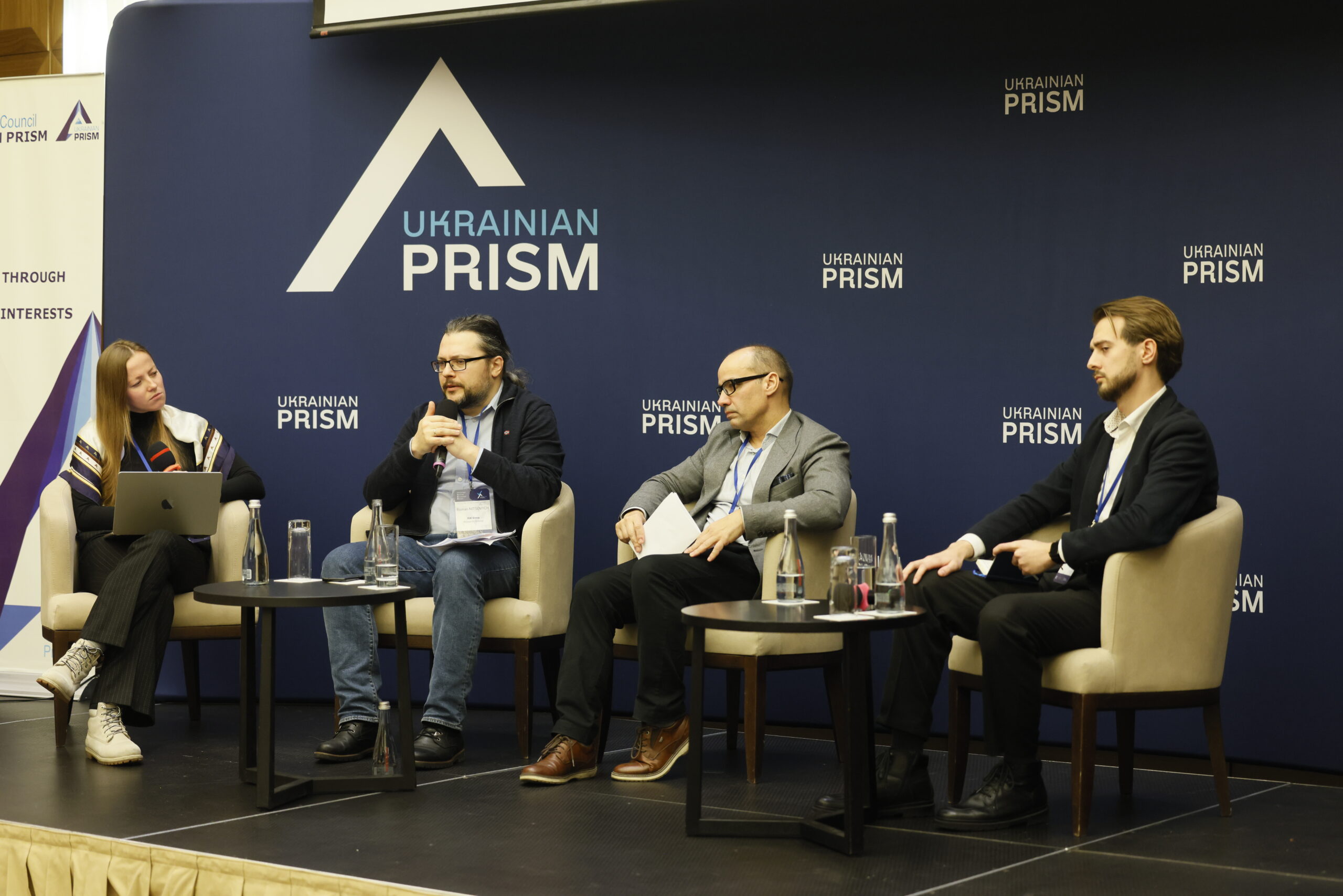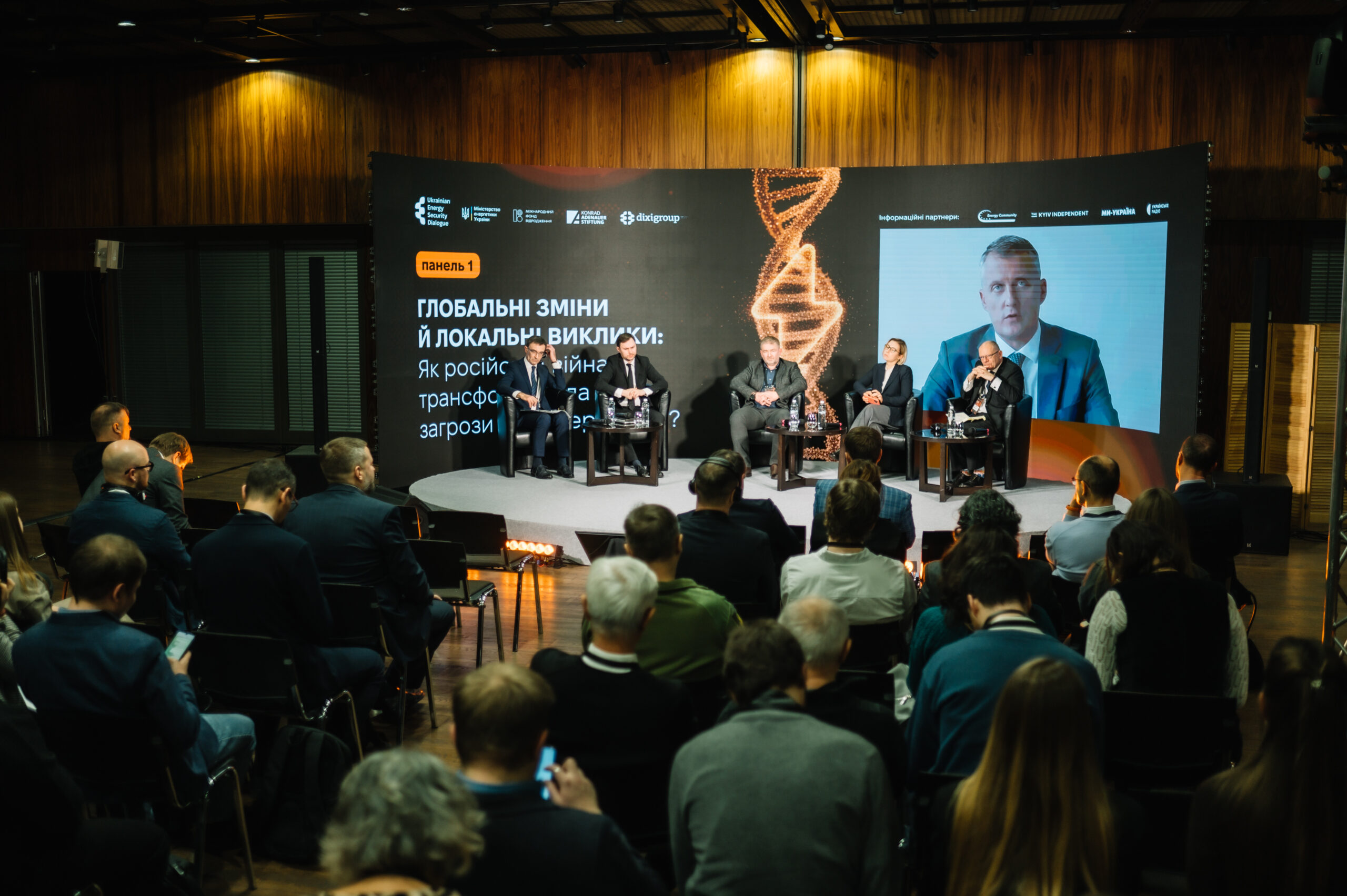Starting September, the National Energy and Utilities Regulatory Commission of Ukraine (NEURC) raised electricity distribution tariffs for 18 distribution system operators (DSOs). According to Energy Map analysts, on average, tariffs increased by 13.5% for first-class voltage consumers and by 23% for second-class consumers.
Distribution tariffs is one of the largest components of the final electricity price for non-household consumers (around 30%). Therefore, the increase will directly affect businesses and other market participants. For households, the electricity price remains fixed at UAH 4.32/kWh (including VAT) until the end of October 2025. However, the indirect impact will be felt through higher prices for goods and services, as electricity costs are a significant part of their production expenses.
The Regulator’s decision is explained by the need to repay DSOs’ debts to the transmission system operator and to finance measures in preparation for the 2025/2026 autumn-winter season.
Where tariffs remained unchanged
For seven DSOs whose networks are partly located in combat zones or in temporarily occupied territories, tariffs remained unchanged from September. These are: DTEK Donetski Elektromerezhi JSC, Zaporizhzhiaoblenerho PJSC, Mykolaivoblenerho JSC, Sumyoblenerho PJSC, Kharkivoblenerho JSC, Khersonoblenerho JSC and Luhanske Enerhetychne Obiednannia LTD.
Tariffs also remained unchanged for several non-core DSOs that distribute electricity in part of a region or several regions: Dtek Vysokovoltni merezhi LTD, PEEM TSEK PRJSC, Naftogaz teplo LLC, Atomservis SE PRJSC, Rehionalni elektrychni merezhi SE, DTEK PEM-Enerhovuhillia та Ukrzaliznytsia JSC.
Tariff dynamics for first-class voltage consumers
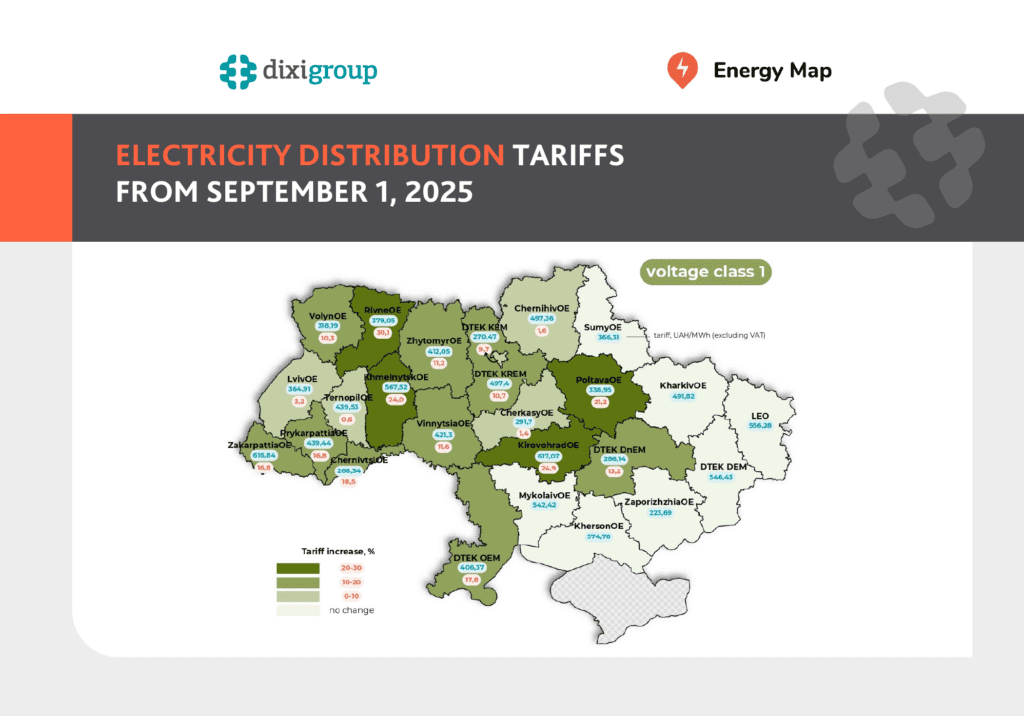
The largest increase in tariffs for consumers was recorded at:
- Rivneoblenerho PRJSC (30,1%);
- Kirovohradoblenerho PRJSC (24,9%);
- Khmelnytskoblenerho JSC (24,0%);
- Poltavaoblenerho JSC (21,2%).
On the other hand, the smallest increases were recorded at Ternopiloblenerho JSC (0,6%), Cherkasyoblenerho PJSC (1,4%), Chernihivoblenerho JSC (1,6%) and Lvivoblenerho PRJSC (3,2%). For the other ten DSOs, the increase ranges from 9.7% to 18.5%.
In absolute terms, the highest tariffs are now at Kirovohradoblenerho PRJSC (UAH 617.07/MWh excl. VAT) and Zakarpattiaoblenerho PRJSC (UAH 616.84/MWh). The lowest tariffs remain at Zaporizhzhiaoblenerho PJSC (UAH 223.69/MWh) and Chernivtsioblenerho JSC (UAH 268.34/MWh).
Tariff dynamics for second-class voltage consumers
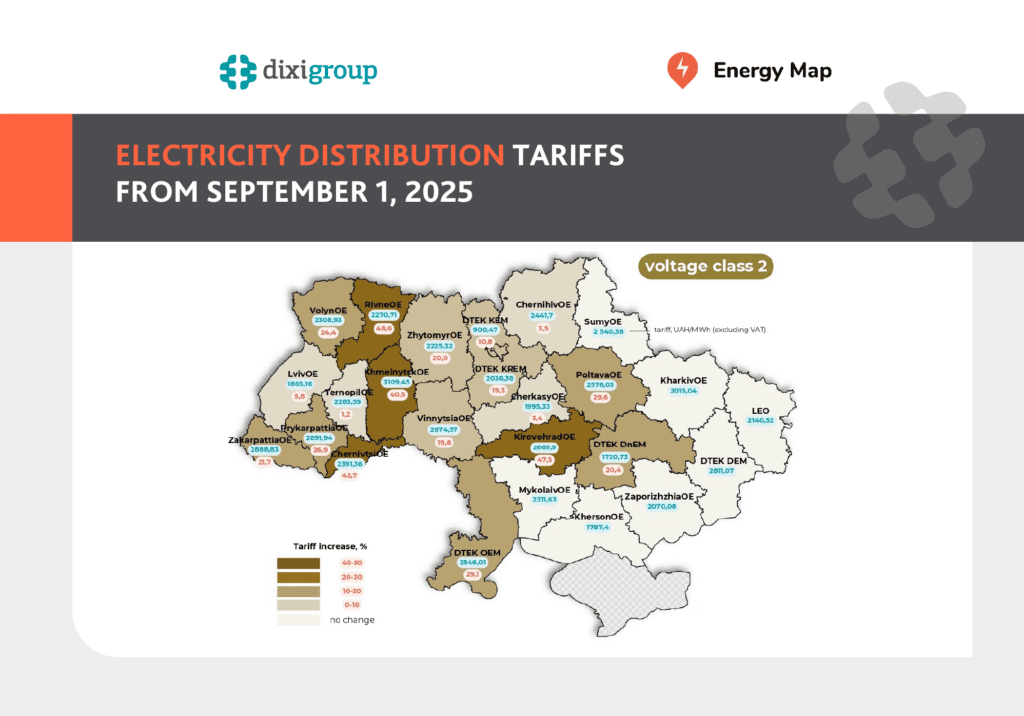
For second-class voltage consumers, the highest growth was also recorded for Rivneoblenerho PRJSC (48,6%), Kirovohradoblenerho PRJSC (47,5%), Chernivtsioblenerho JSC (42,7%) and Khmelnytskoblenerho JSC (40,5%).
The smallest changes occurred at Ternopiloblenerho JSC (1,2%), Cherkasyoblenerho PJSC (3,4%) and Chernihivoblenerho JSC (3,5%).
The highest tariff is now at Khmelnytskoblenerho JSC – UAH 3,109.45/MWh excluding VAT, while the lowest is at DTEK Kyivski Elektromerezhi PRJSC – UAH 900.47/MWh.
Next tariff revision
From October 1, NEURC plans another tariff revision – this time for Zaporizhzhiaoblenerho PJSC, Mykolaivoblenerho JSC, Sumyoblenerho PJSC, Kharkivoblenerho JSC and PEEM TSEK PRJSC. The expected average increase is 11.2% for first-class consumers and 17.2% for second-class consumers.
Download data on tariffs for electricity distribution services. The dataset provides information by DSO and covers all tariff changes since 2019.
Class 1 voltage consumers – consumers with a voltage level of 27.5 kV and above; consumers connected to power plant busbars; industrial enterprises consuming more than 150 million kWh per month on average.
Class 2 voltage consumers – consumers with a voltage level below 27.5 kV.
The original material is on our Energy Map resource –here.
